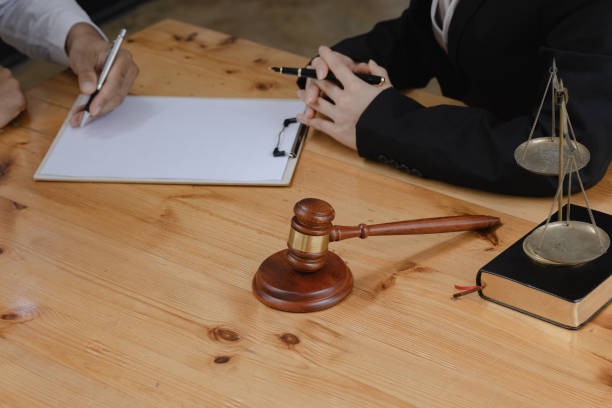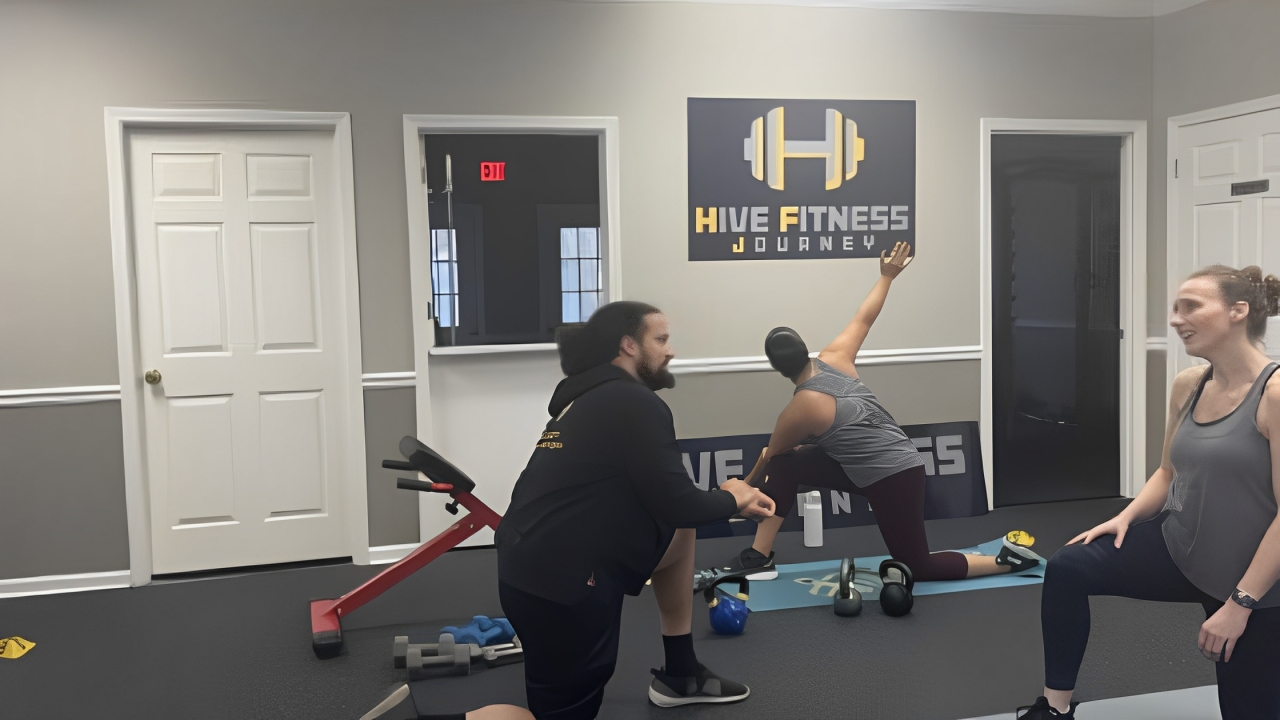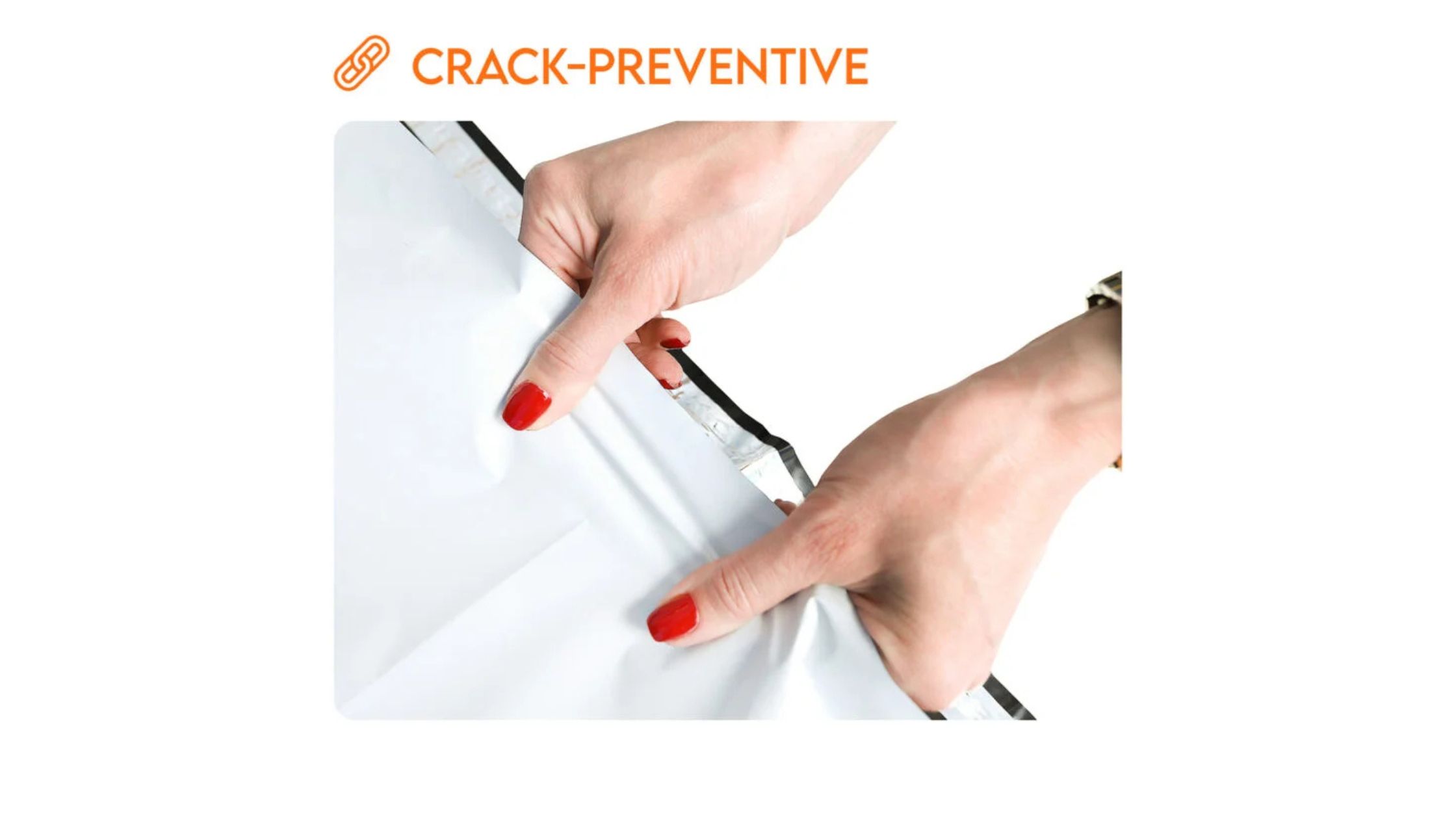
How Deception Recognition Can Prevent Wrongful Convictions
- Feb 25, 2025
- | 8
Wrongful convictions have long been a pressing issue in the criminal justice system. Every year, innocent people are sent to prison due to errors, misunderstandings, and biases. One powerful tool that can help prevent these injustices is deception recognition. Understanding how deception works and spotting when it occurs could play a critical role in stopping wrongful convictions before they happen.
The Impact of False Confessions
One of the most alarming causes of wrongful convictions is false confessions. People may confess to a crime they didn’t commit for several reasons, including stress, fear of harsh punishment, or misunderstanding during an interrogation. Deception recognition techniques could help identify when someone is being pressured into a false confession. For example, if investigators notice that the confession doesn't align with physical evidence or witness testimonies, they can stop and reassess the situation.
By recognizing deceptive behaviors early in the process, investigators can prevent wrongful convictions that arise from these confessions. This not only saves innocent lives but ensures that the real criminals are caught and held accountable.
How Deception Recognition Works in Interrogations
In an interrogation room, the goal is to uncover the truth. Deception recognition can be especially useful here, as it helps investigators determine whether a person is lying or telling the truth. Law enforcement officers are trained to look for signs such as avoiding eye contact, inconsistent stories, or excessive details. While these signs might suggest deception, it’s important to remember that they are not always accurate indicators.
For example, a person who is nervous or anxious might display behaviors that mimic deception, but in reality, they are simply scared. This is why deception recognition is more than just spotting behaviors—it’s about understanding the context and investigating further.
Recognizing Silent Biases
Silent bias can play a huge role in wrongful convictions. Investigators may unknowingly treat certain individuals differently based on their age, race, gender, or background. These biases can affect how evidence is interpreted, how suspects are questioned, or how witnesses are believed.
Deception recognition can help expose these silent biases. For instance, if an investigator unconsciously believes a certain group of people are more likely to be guilty, they might interpret signs of nervousness or inconsistency as deceitful behavior, even when there’s no intent to deceive. Understanding deception can help investigators avoid jumping to conclusions based on bias, leading to fairer investigations and preventing wrongful convictions.
Technology’s Role in Deception Recognition
Advancements in technology have made deception recognition even more effective. From voice stress analysis to software that analyzes body language, technology can help provide a more accurate assessment of whether someone is being truthful. While these tools should never replace human judgment, they can serve as helpful supplements during investigations.
These tools help investigators identify deceptive behaviors that may not be obvious to the naked eye. For instance, a voice stress analysis might detect inconsistencies in a suspect’s voice, which can point to deception. When combined with a skilled investigator’s knowledge, these technologies can dramatically improve the chances of uncovering the truth.
Preventing Wrongful Convictions with Better Training
One of the best ways to ensure that deception recognition works effectively is through proper training. Law enforcement officers and legal professionals need to be trained to spot both obvious and subtle signs of deception. It’s important that they understand the difference between nervous behavior and deceptive behavior.
Additionally, training should focus on reducing silent biases that can cloud judgment. This includes being aware of how factors such as race, gender, or socio-economic background might influence how people are treated during investigations. If investigators are taught to recognize their biases and focus on facts instead of assumptions, they are more likely to identify the truth.
Final Verdict
Deception recognition has the potential to play a key role in preventing wrongful convictions. By teaching law enforcement officers and legal professionals how to detect deception, the justice system can reduce errors, ensure that the truth is uncovered, and protect innocent individuals. Furthermore, by recognizing and addressing silent bias exposed through deception detection, investigators can make more objective decisions. With better training, tools, and awareness, we can help create a more just and accurate legal system for everyone.

_(1).png)


